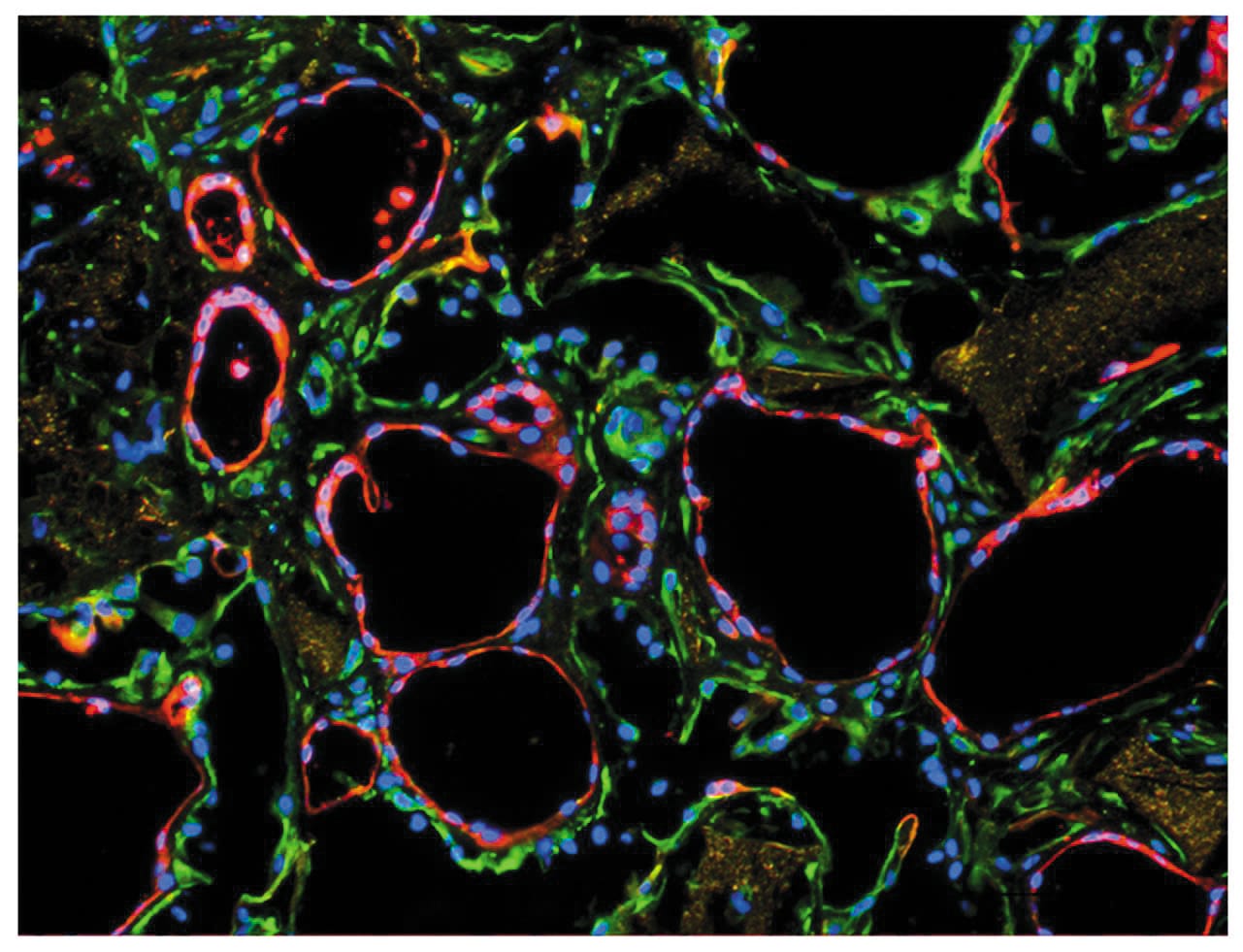The amniotic membrane is part of the envelope of the amniotic sac that protects the fetus during pregnancy

Researchers from the Rappaport Faculty of Medicine at the Technion discovered that the amniotic membrane cells of a fetus can be a source of human eggs. This is the doctoral thesis of the student Ayelet Evron under the guidance of the dean of the faculty, Professor Eliezer Shalu.
The amniotic membrane is part of the envelope of the amniotic sac that protects the fetus during pregnancy. After the sac bursts during the birth, immediately after the birth the placenta comes out together with the membranes and they are thrown in the trash. The cells of the amniotic membrane are formed very early in the life of the embryo (day 8 after fertilization) and are known to preserve the plasticity of embryonic cells before differentiation. These cells have the potential to become any of the cell groups that later develop into tissues of different types. The ability of these cells to differentiate into cells expressing specific markers of germ cells that produce the oocytes has not been described so far.
In the work carried out together with Dr. Shlomit Goldman in the research laboratory of the women's and maternity department at the "Haemek" hospital, it was found for the first time that when these cells are grown in a culture medium that is also used for in vitro fertilization, they express the specific markers for germ cells that develop into eggs both at the germ level and at the the protein and in their appearance (large and round cells that resemble eggs). The cells then express markers characteristic of their entry into reduction division (a necessary division in egg development) and remain in this state.
The researchers still face a big challenge, since in order for the cells to be used as eggs, it is necessary for them to complete and in a proper way the reduction process they entered. Only after finding a solution to this problem will it be possible to check whether they can be used as a suitable substitute for eggs in women who cannot produce them.
